Vally Wieselthier in her studio, ca. 1928. Courtesy of the FIT Special Collections and College Archives | Gladys Marcus Library | Fashion Institute of Technology, New York.
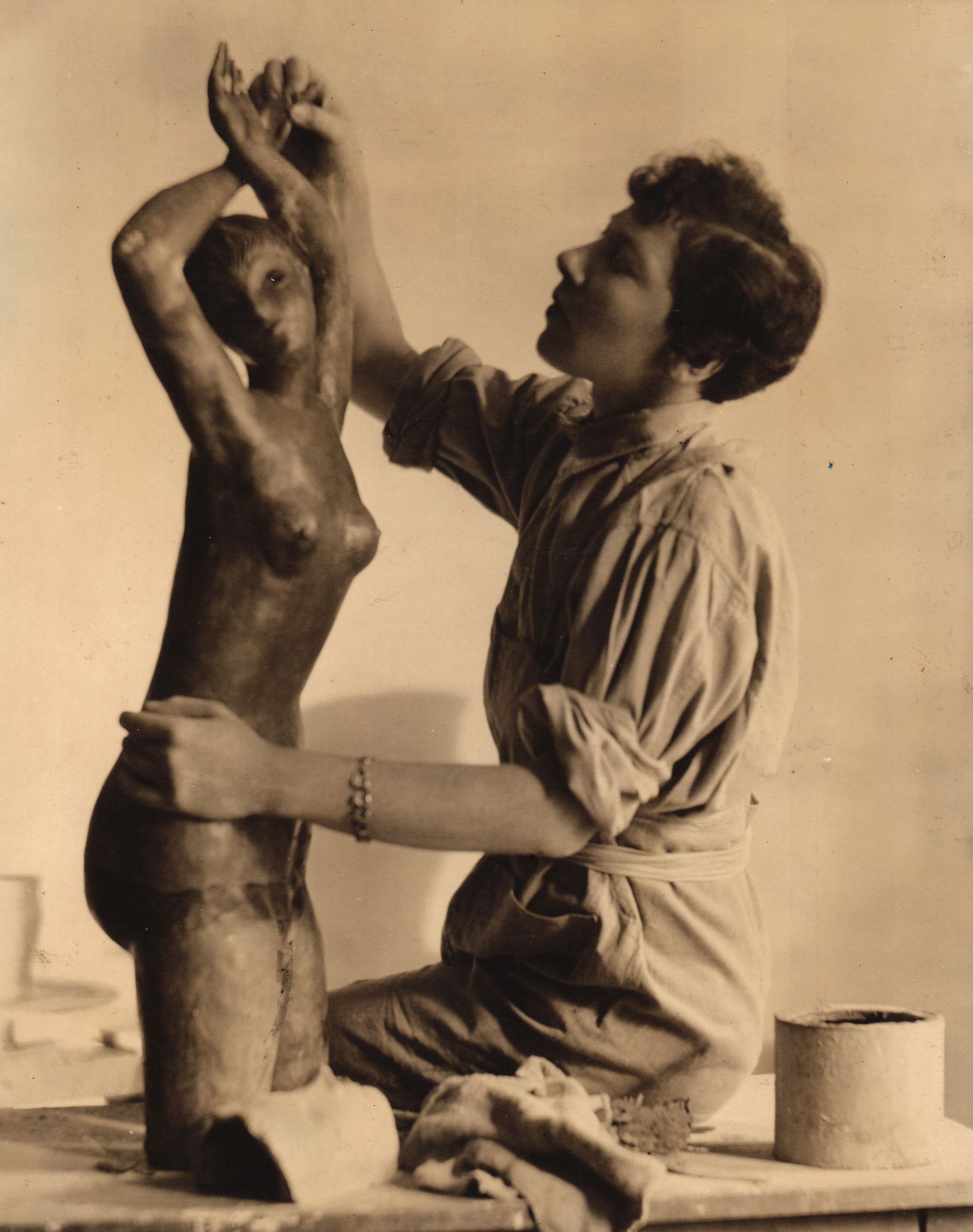
OCTOBER 15, 2025 - FEBRUARY 9, 2026
Vally Wieselthier: Sculpting Modernism
Open daily from 10am – 6pm
Austrian Cultural Forum New York
11 East 52nd Street, New York
Curated by: Head of Visual Art, Architecture & Design, Dr. Stephanie Buhmann
ABOUT THE EXHIBITION
The Austrian Cultural Forum New York (ACFNY) is delighted to announce Vally Wieselthier: Sculpting Modernism, the first institutional retrospective in the United States dedicated to Vienna-born trailblazing Jewish artist Vally Wieselthier. The exhibition features sculptures, drawings, textile works and photographs from a range of international public and private collections. Collaborators include the Museum of Applied Arts, Vienna (MAK); the Austrian Frederick and Lillian Kiesler Private Foundation, Vienna; Galerie bei der Albertina ▪ Zetter, Vienna; The Augarten Porcelain Manufactory & the Augarten Porcelain Museum, Vienna; the Fashion Institute of Technology, New York (FIT); The Wolfsonian–Florida International University, Miami; the Minneapolis Institute of Art (MIA), Minnesota, and the Cooper Hewitt, Smithsonian Design Museum, New York.
In addition, a site-specific installation by New York–based Austrian artist Sascha Mallon, created in response to Wieselthier’s life and work, accompanies the exhibition.
Comprising ceramic works, drawings, textiles, designs for functional objects and toys, as well as photographs, the oeuvre of Vally Wieselthier (1895–1945) redefines modernist expression. A leading figure of the Wiener Werkstätte, Wieselthier broke conventions with her exuberant, often provocative designs that blurred the then strict divide between fine art and crafts. Her works are marked by exaggerated forms, vibrant colors, and playful irreverence, challenging traditional notions of femininity. Especially her radical approach to ceramics, showcased her ability to merge humor, sensuality, and artistic innovation. As a result, she succeeded in transforming clay into a medium of avant-garde expression.
While celebrating Wieselthier’s many achievements, this exhibition also pays special tribute to her American years, tracing how she navigated the intersection of art, industry, and gender expectations in a rapidly changing cultural landscape. Beginning with her first visit to the United States in 1928, Wieselthier introduced her avant-garde vision to a new audience. Quickly gaining recognition in New York, she created bold, expressive sculptures that fused European modernism with the dynamism of American design. Her exaggerated figures, rich in humor and theatricality, continued to defy traditional expectations of craft and femininity.
In America, Wieselthier worked independently as well as with major ceramic manufacturers and designers, playing a crucial role in shaping the aesthetics of modern decorative arts. Whether producing large-scale figurative sculptures or experimental commercial designs, she infused her work with a radical spirit that resonated with the evolving tastes of the interwar and wartime periods. Her expressive forms and richly textured surfaces rejected conventional ideals of beauty, embracing instead a raw, modern energy that set her apart.
Vally Wieselthier: Sculpting Modernism presents the artist as one of the most innovative creative voices of her time. An artist whose influence extended far beyond Europe and left an indelible mark on 20th-century design. The exhibition is supported with a grant from the Botstiber Institute for Austrian-American Studies.
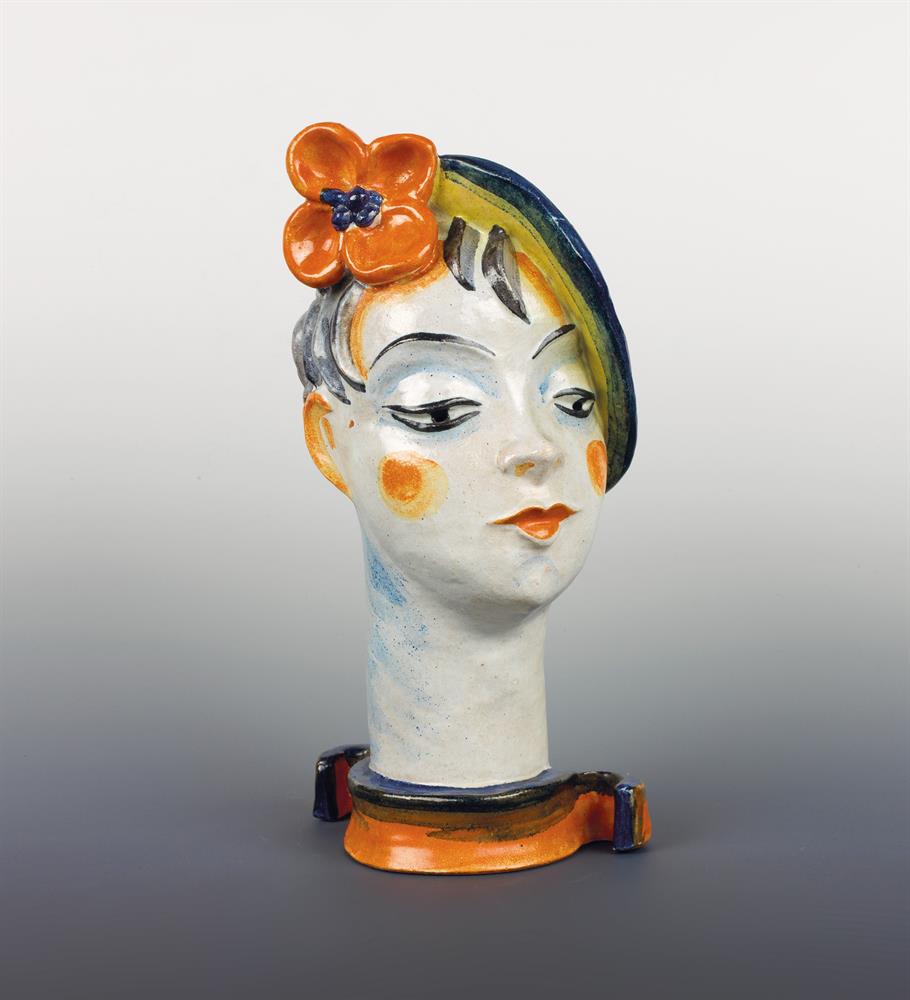
Vally Wieselthier, Girl’s Head with Blue Outlined Eyes, 1928, Red pottery, polychrome glaze. Courtesy of Galerie bei der Albertina ▪ Zetter, Vienna.
ABOUT THE ARTIST
Vally Wieselthier was born to a Jewish family on May 25, 1895, in Vienna. She studied at the Vienna School of Applied Arts from 1914 to 1920 under Josef Hoffmann, Rosalia Rothansl, Koloman Moser, and Michael Powolny. Her early involvement with the Wiener Werkstätte (1917–1922) established her as a key figure in the movement. From 1922 to 1927, she ran her own ceramic workshop, collaborating with the newly founded Augarten porcelain manufactory (est. 1923), Friedrich Goldscheider, Gmundner Keramik, and J. & L. Lobmeyr, among others.
Beginning in 1928, Vally Wieselthier increasingly shifted her life and work to the United States. That same year, she participated in the International Exhibition of Ceramic Art at the Metropolitan Museum of Art. In addition to New York City, she spent significant time in Chicago and traveled extensively throughout the entire United States, working at times with the Contempora Group, General Ceramics, and the Sebring Pottery Company. She continued to create prolifically until her untimely death on September 1, 1945.
ACFNY
Dr. Susanne Keppler-Schlesinger: Director at the Austrian Cultural Forum New York is an Austrian career diplomat and has been working in the field of multilateral and bilateral diplomacy for 30 years. Her previous assignments include positions in Vienna, Paris and New York. She also served as Dep. Director of the Vienna School for International Studies/Diplomatische Akademie Wien. She holds a PhD in Musicology, French language and literature from the University of Vienna and a diploma as a concert pianist from the Vienna Conservatory of Music.
Dr. Stephanie Buhmann: Head of Visual Art, Architecture & Design at the Austrian Cultural Forum New York is a historian of art, architecture and design. She has written extensively on visual art and her essays have appeared in a variety of books, international art magazines, and newspapers. Besides curating dozens of exhibitions, she has conducted over ninety published interviews with contemporary artists. In 2013 she conceived of an ongoing Studio Conversations series, focused on women of different generations working in diverse media. Her latest monograph Frederick Kiesler: Galaxies was published in 2023 (The Green Box, Berlin). She was a contributing author and co-editor of Roma Artist Ceija Stojka: What Should I Be Afraid of?, a publication released by Hirmer Publishers and the Austrian Cultural Forum New York in January 2024.
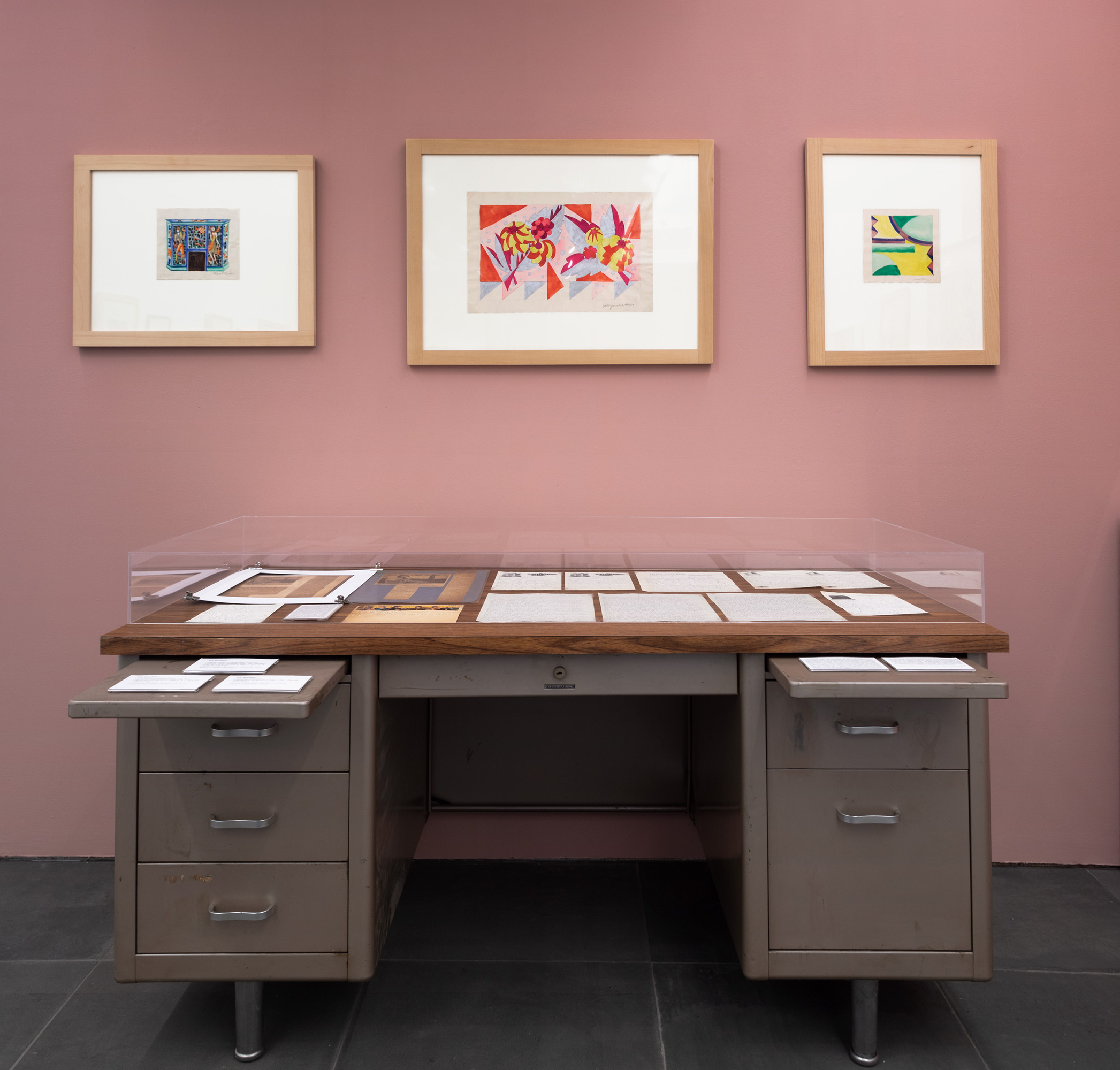
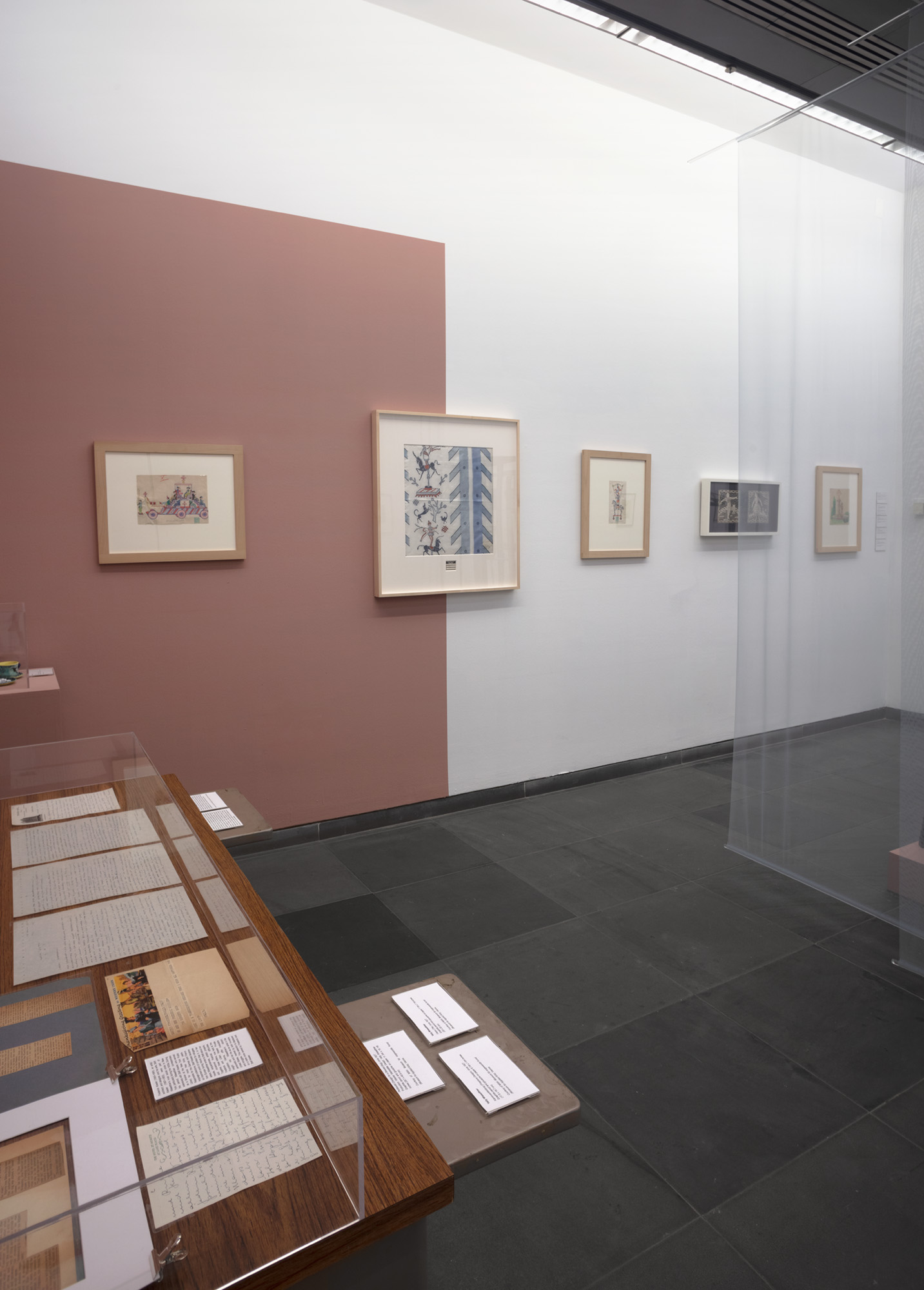
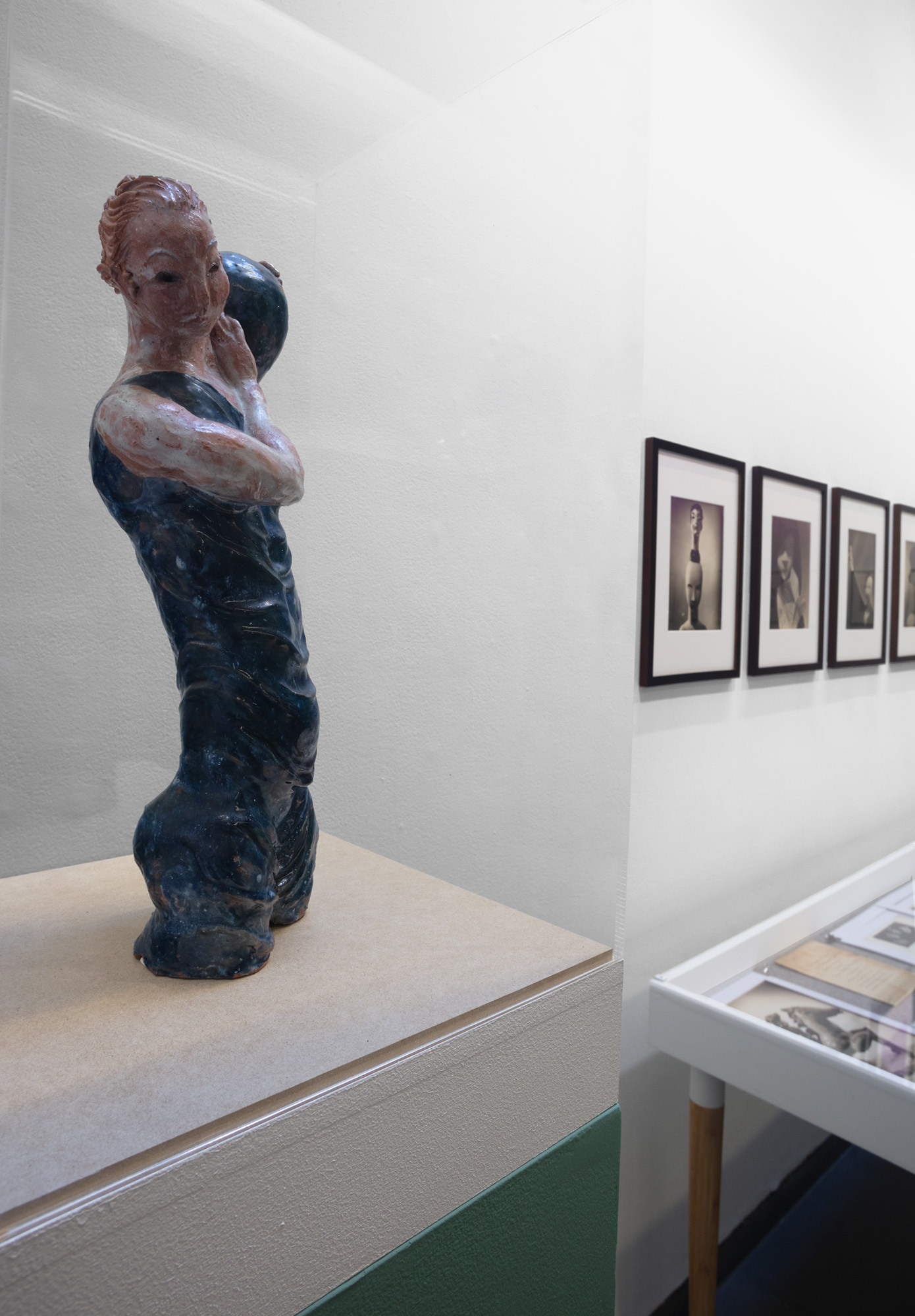
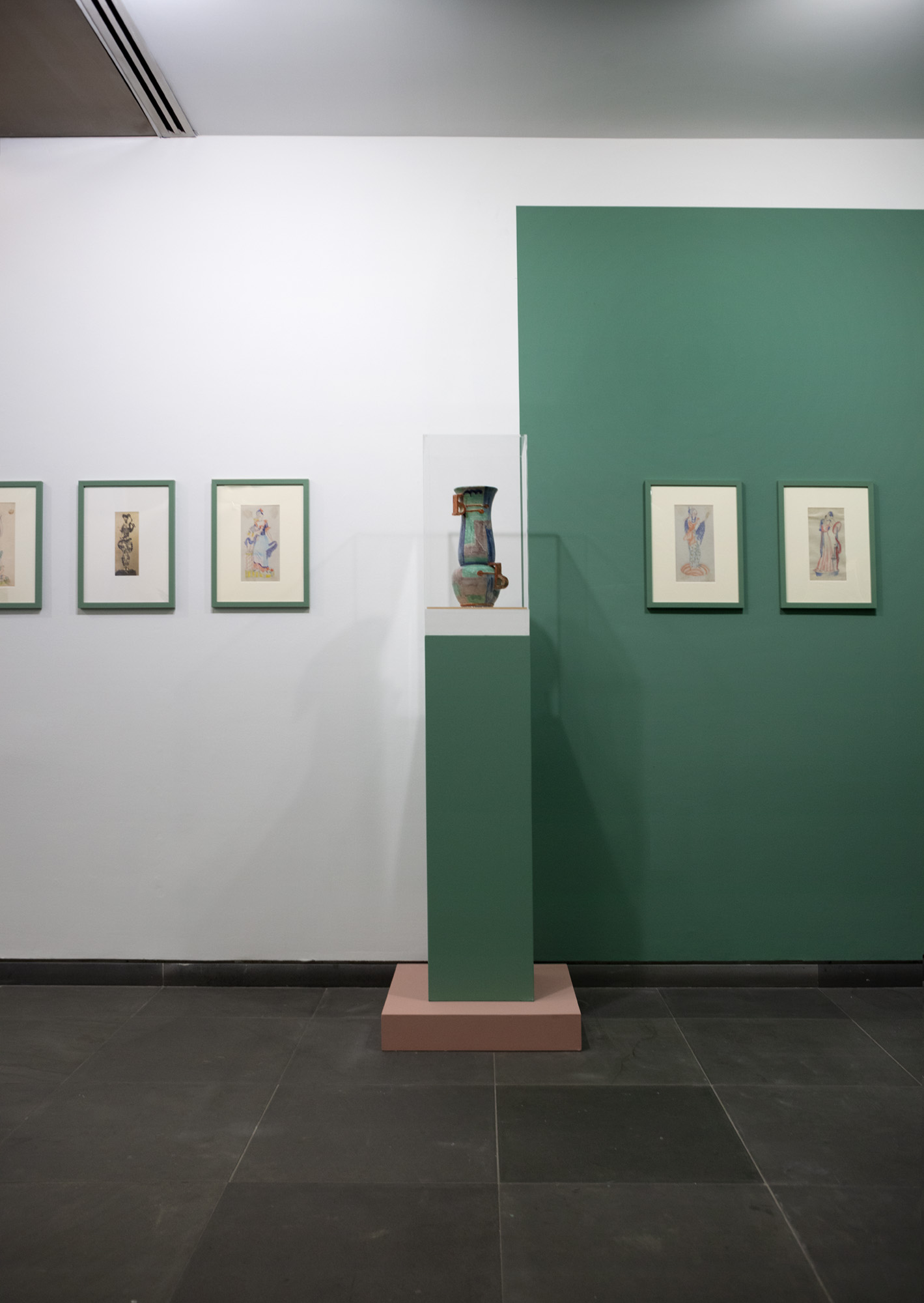
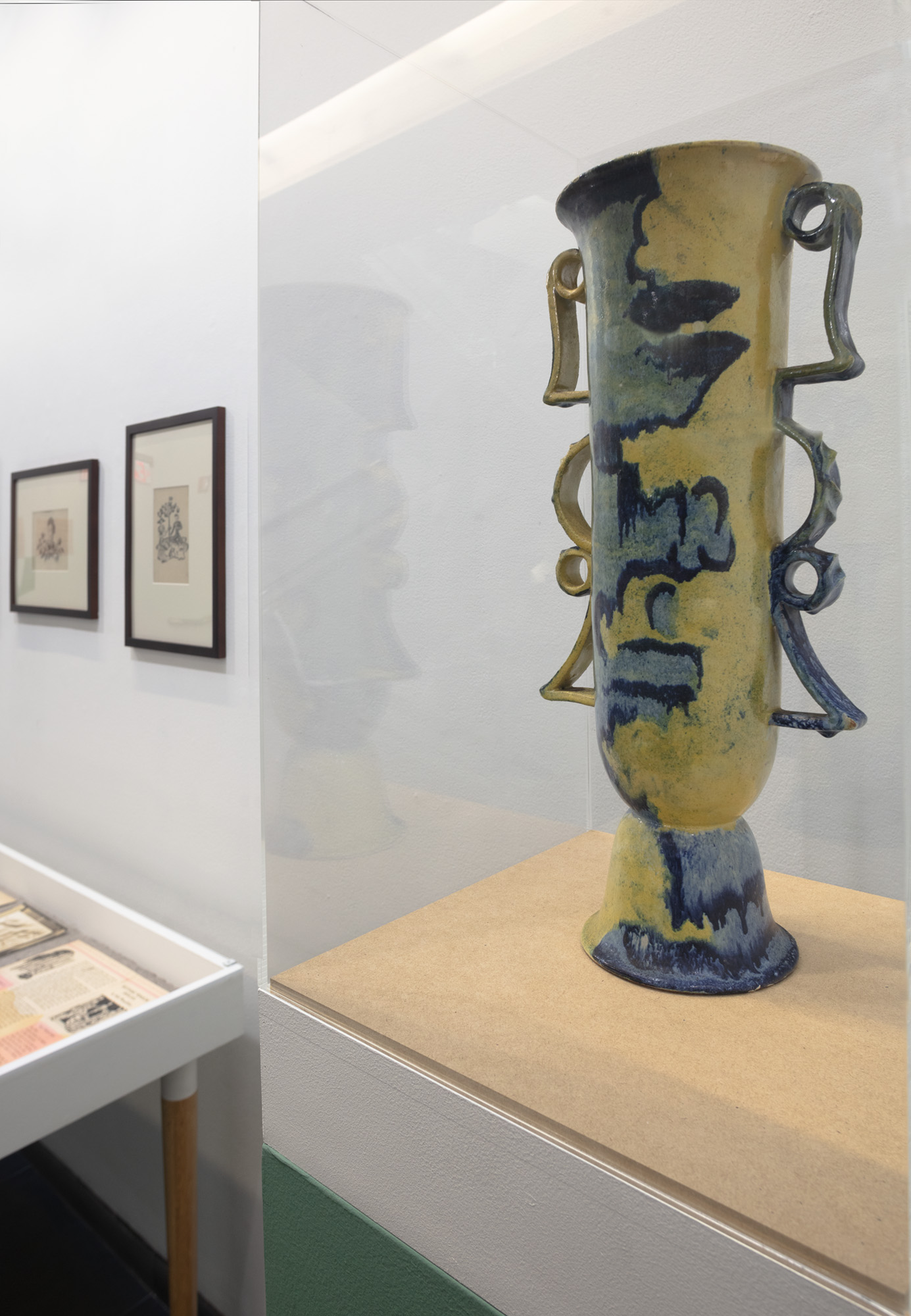
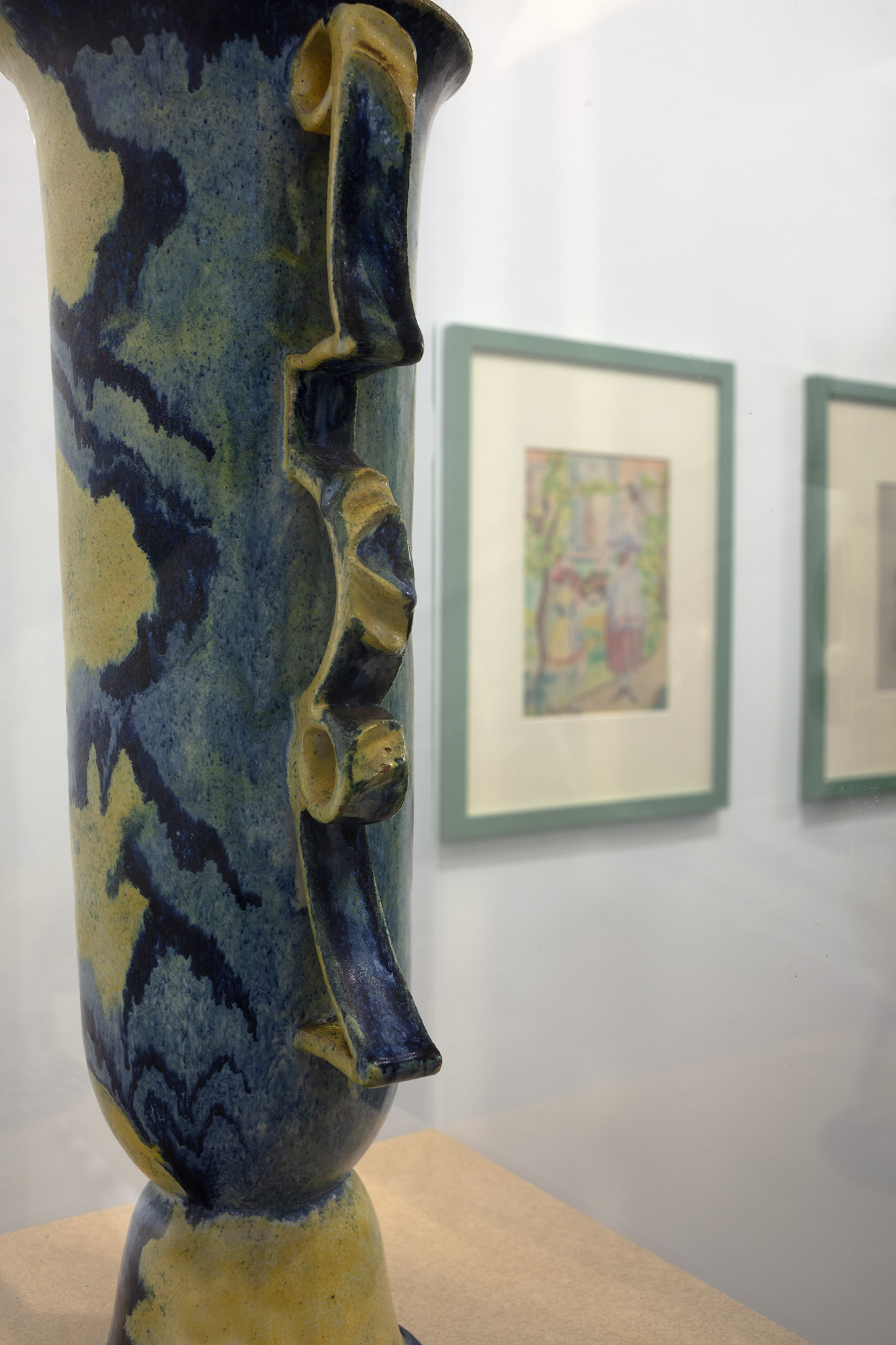
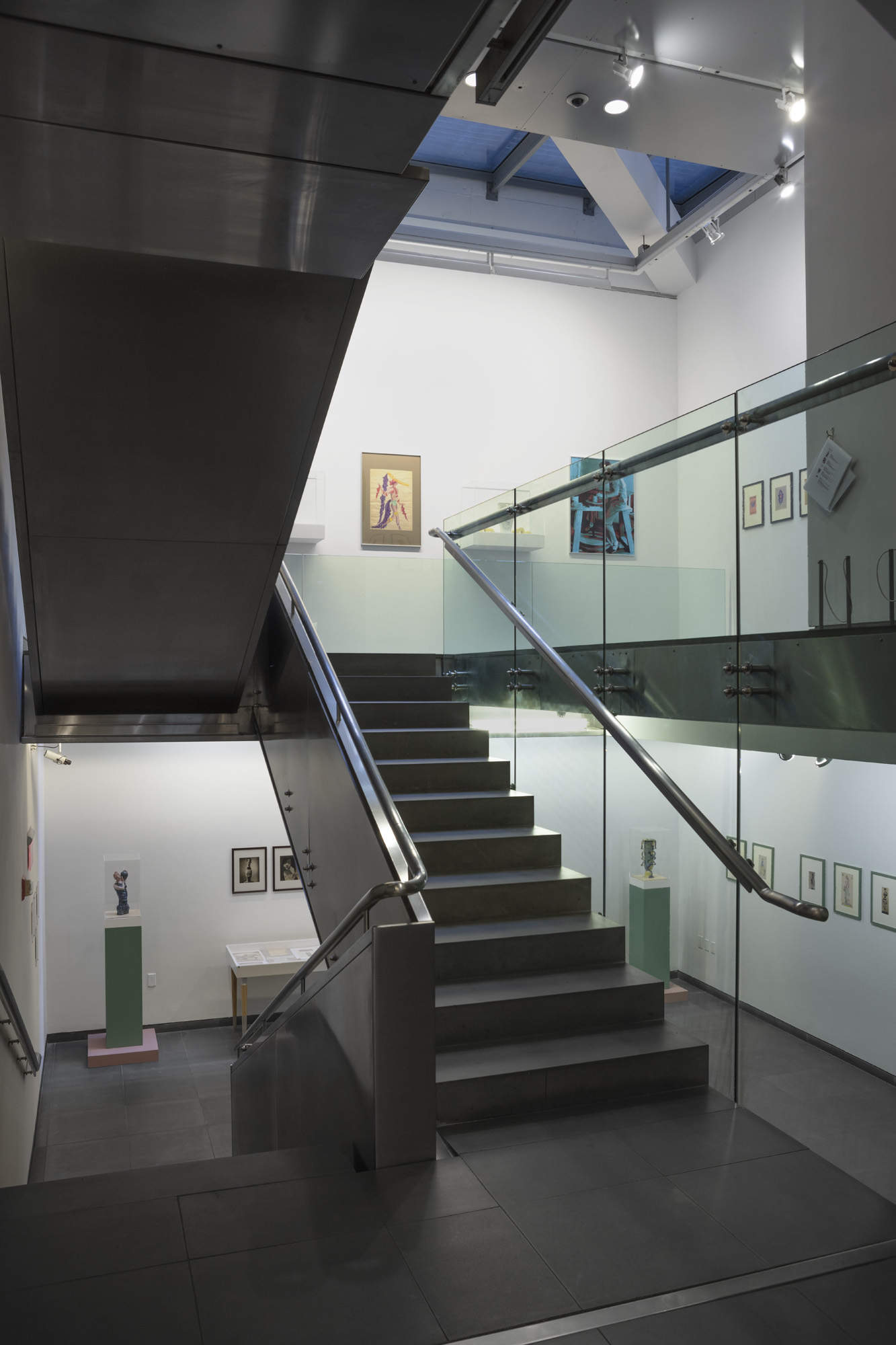
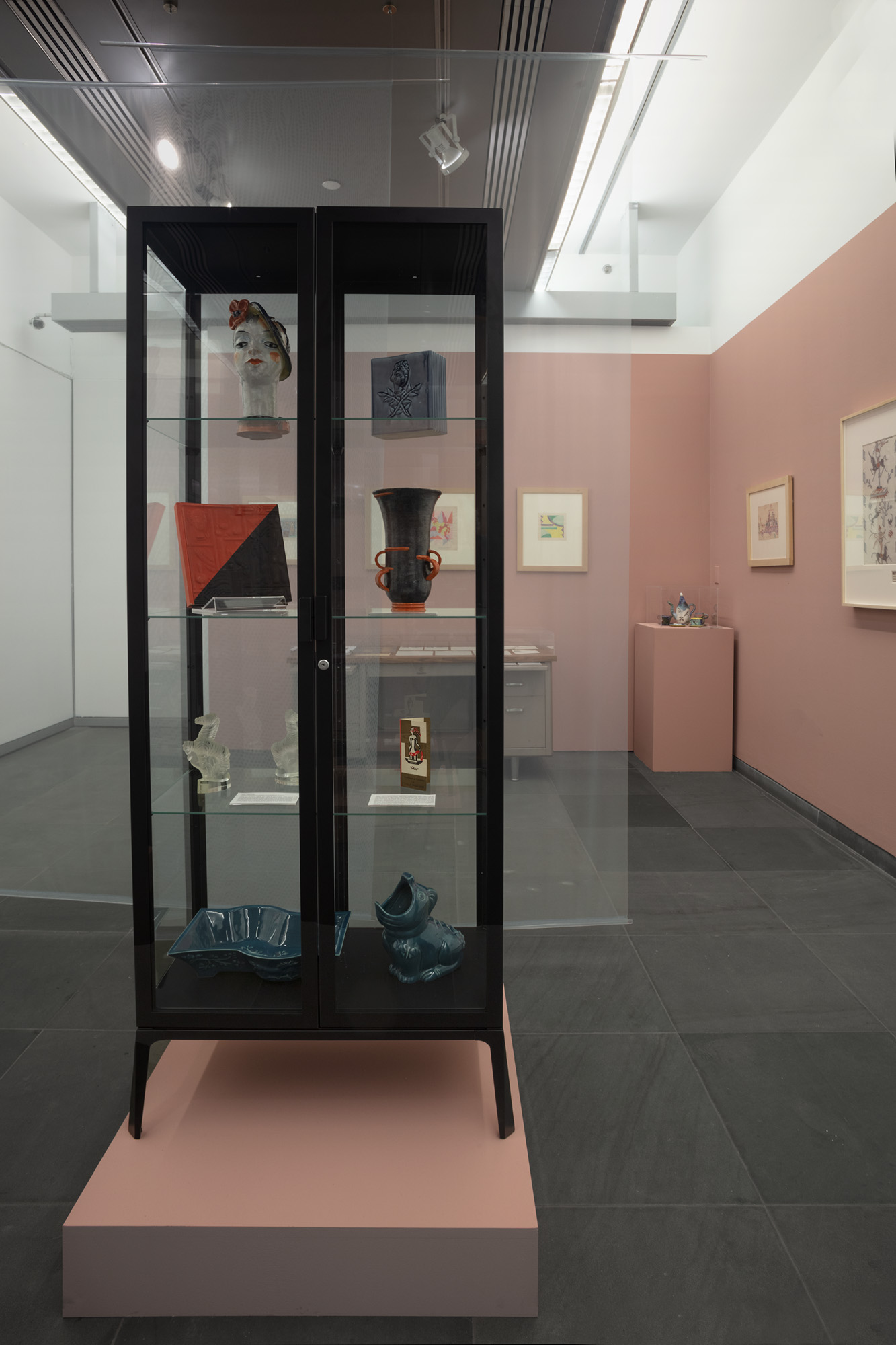
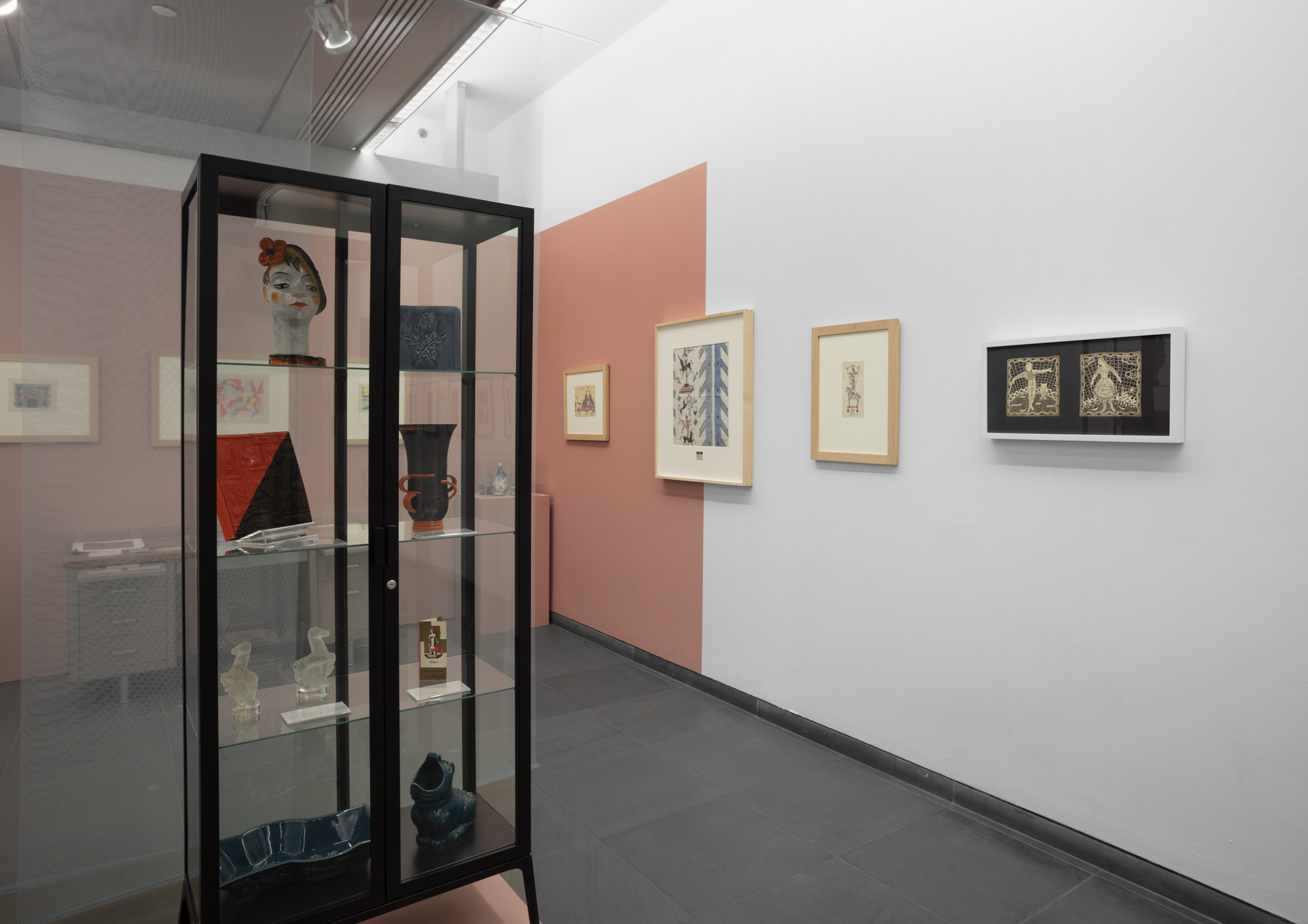
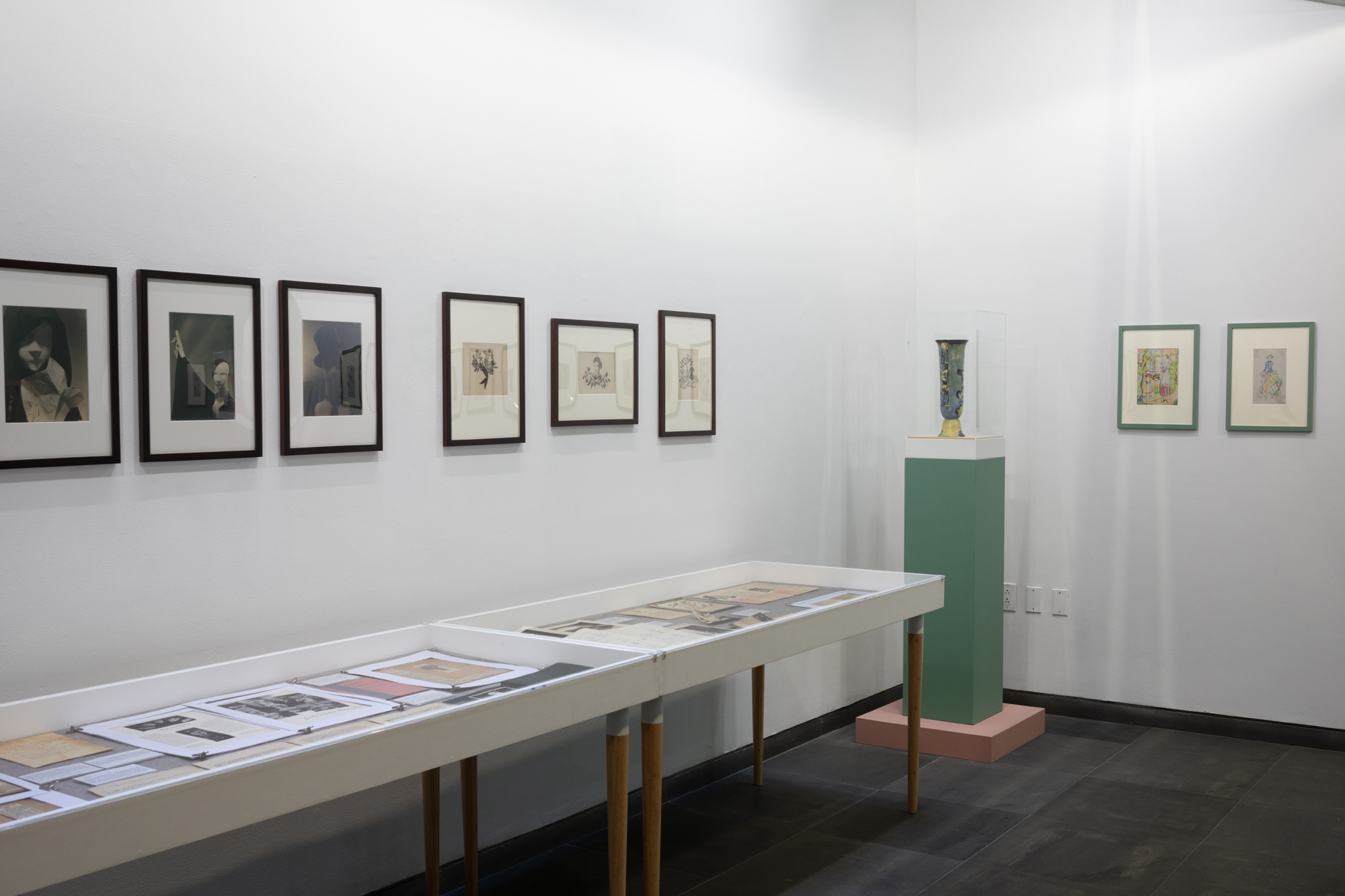

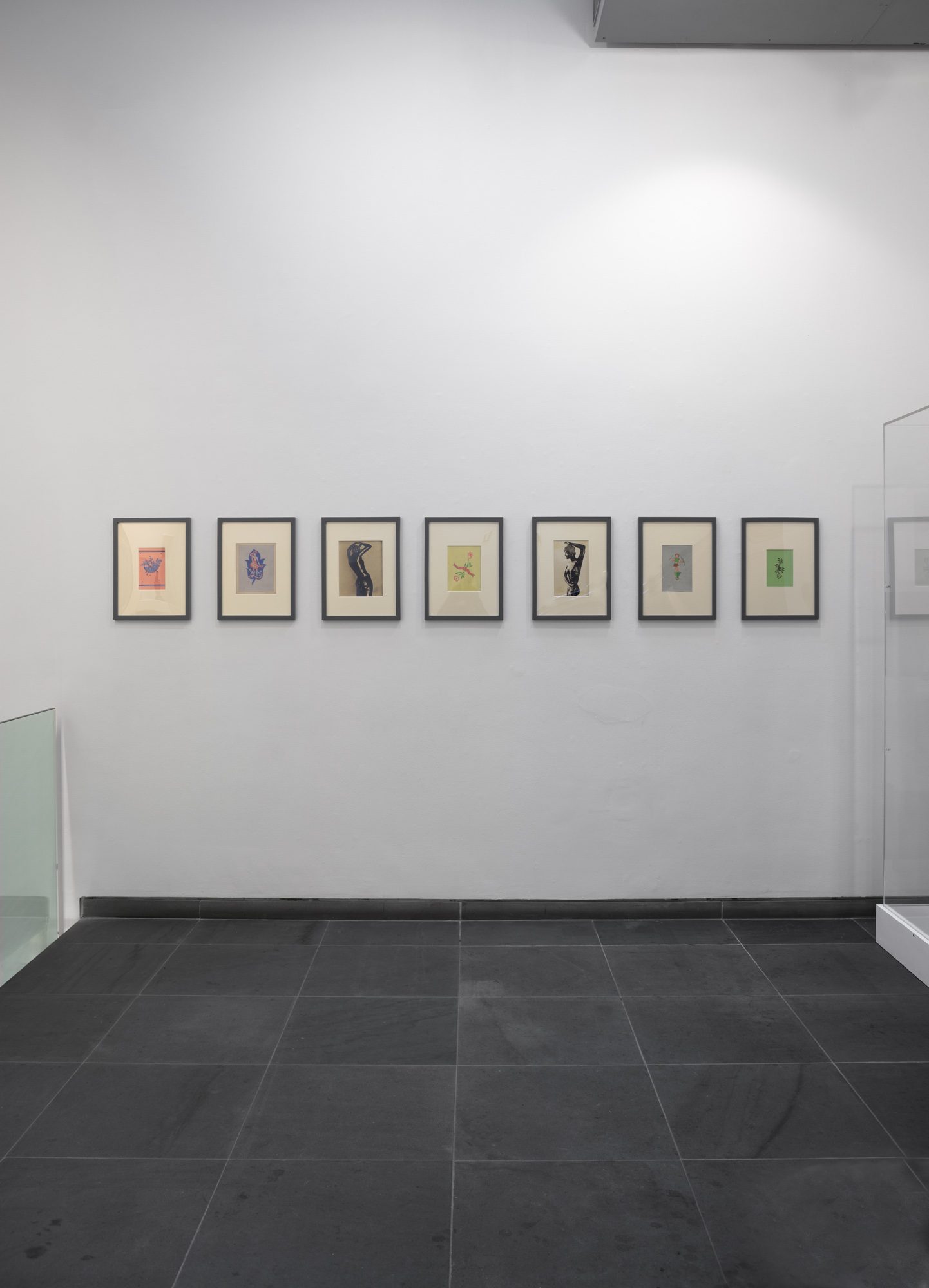
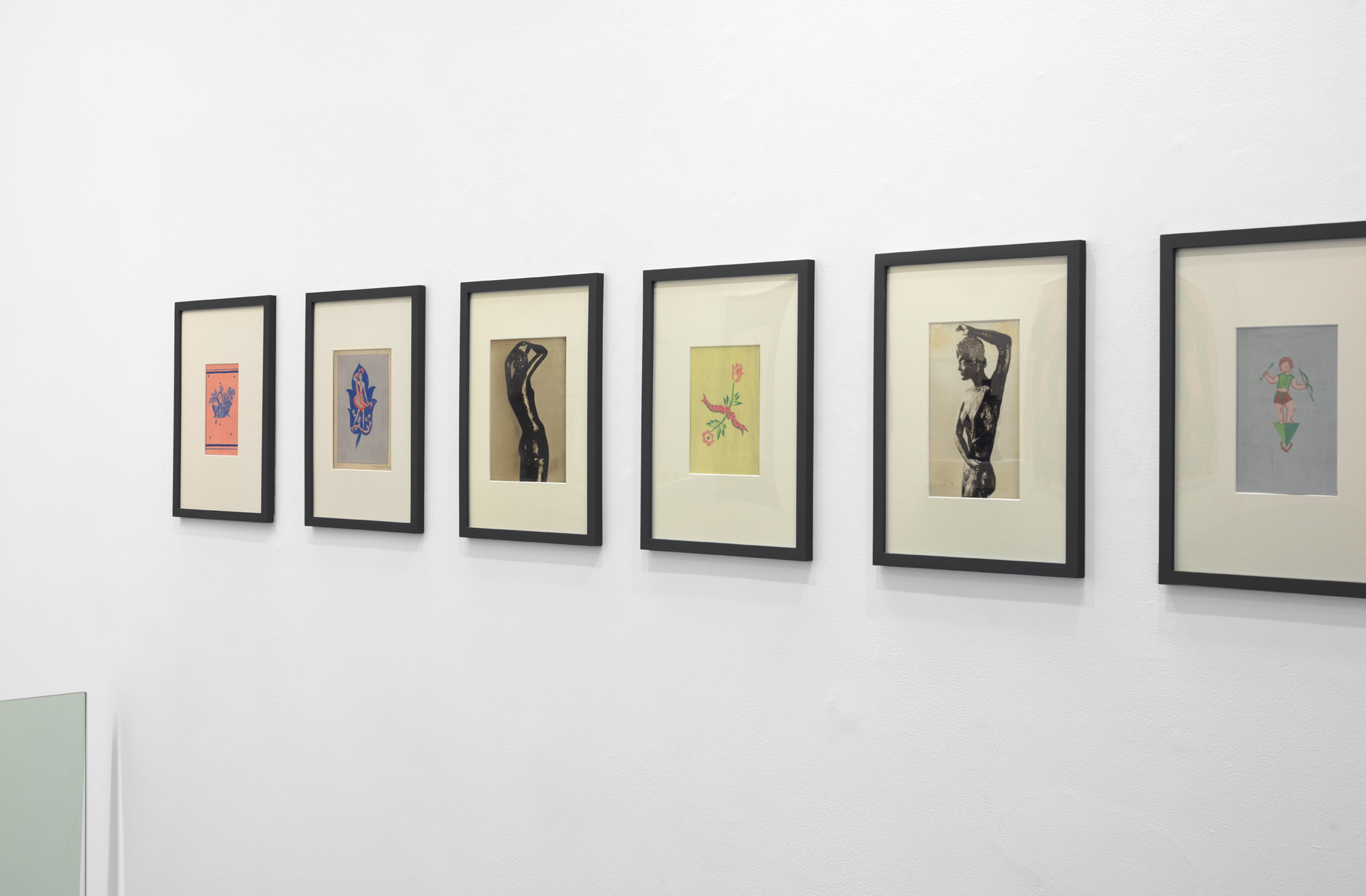
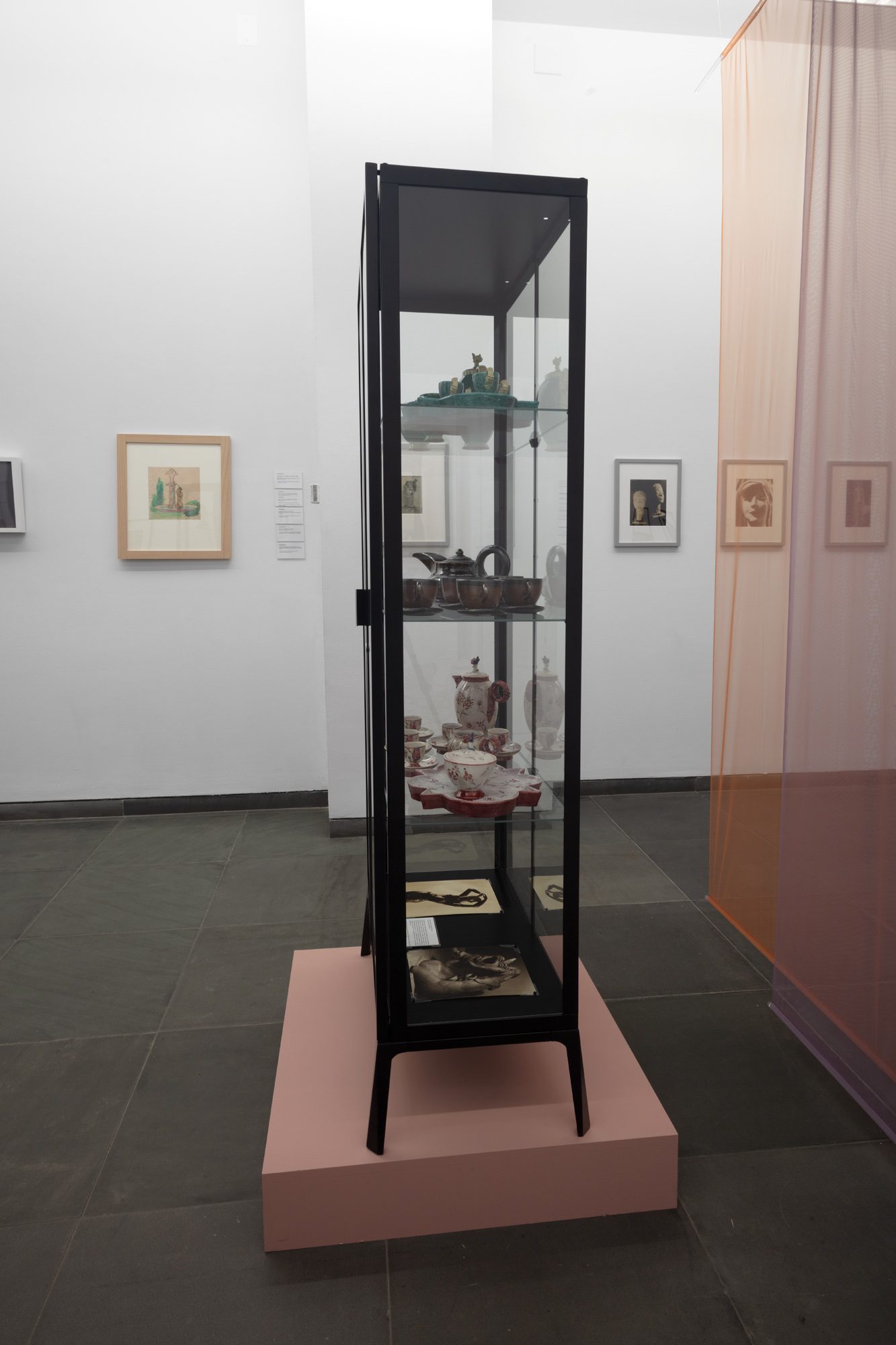
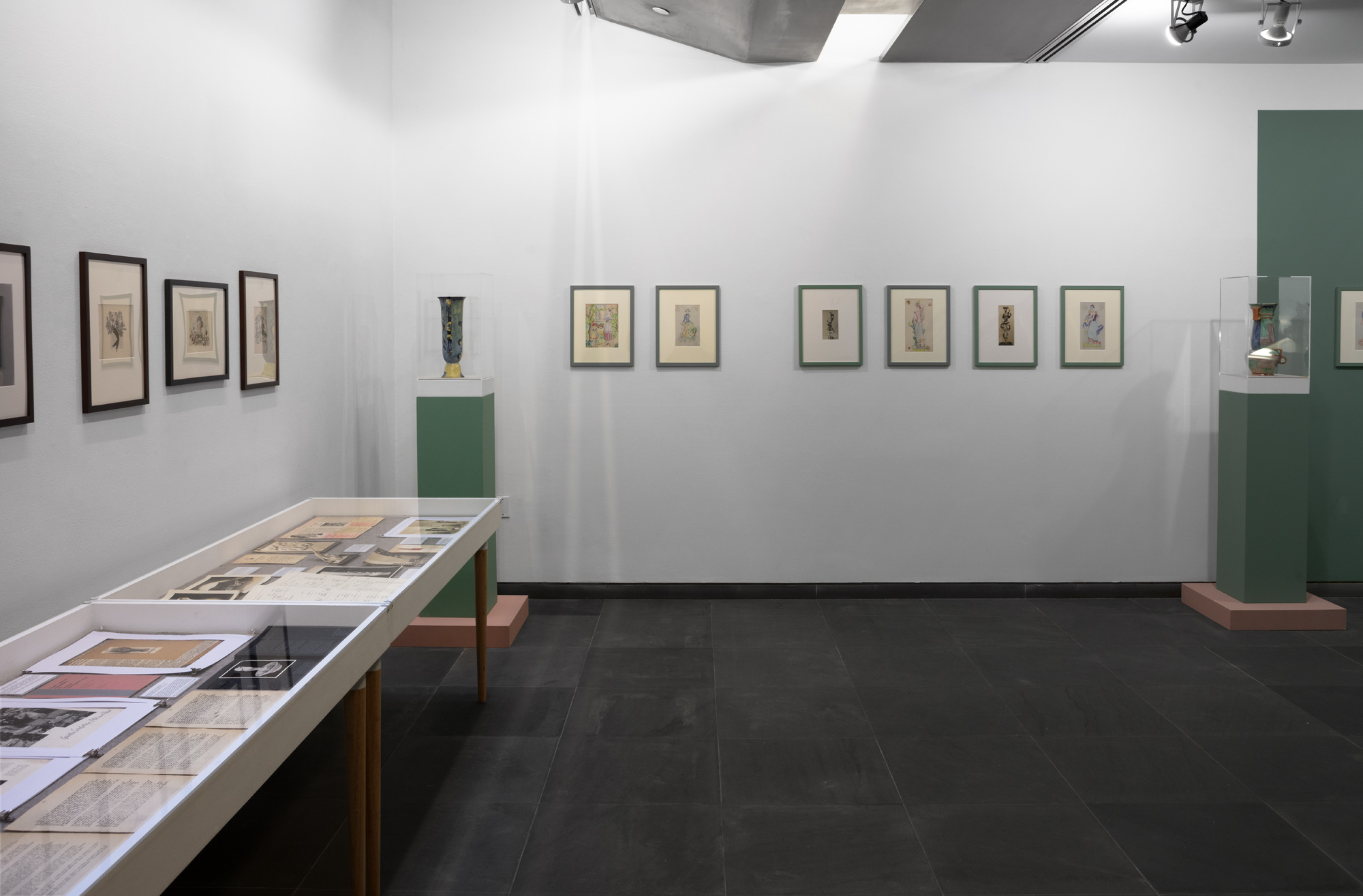

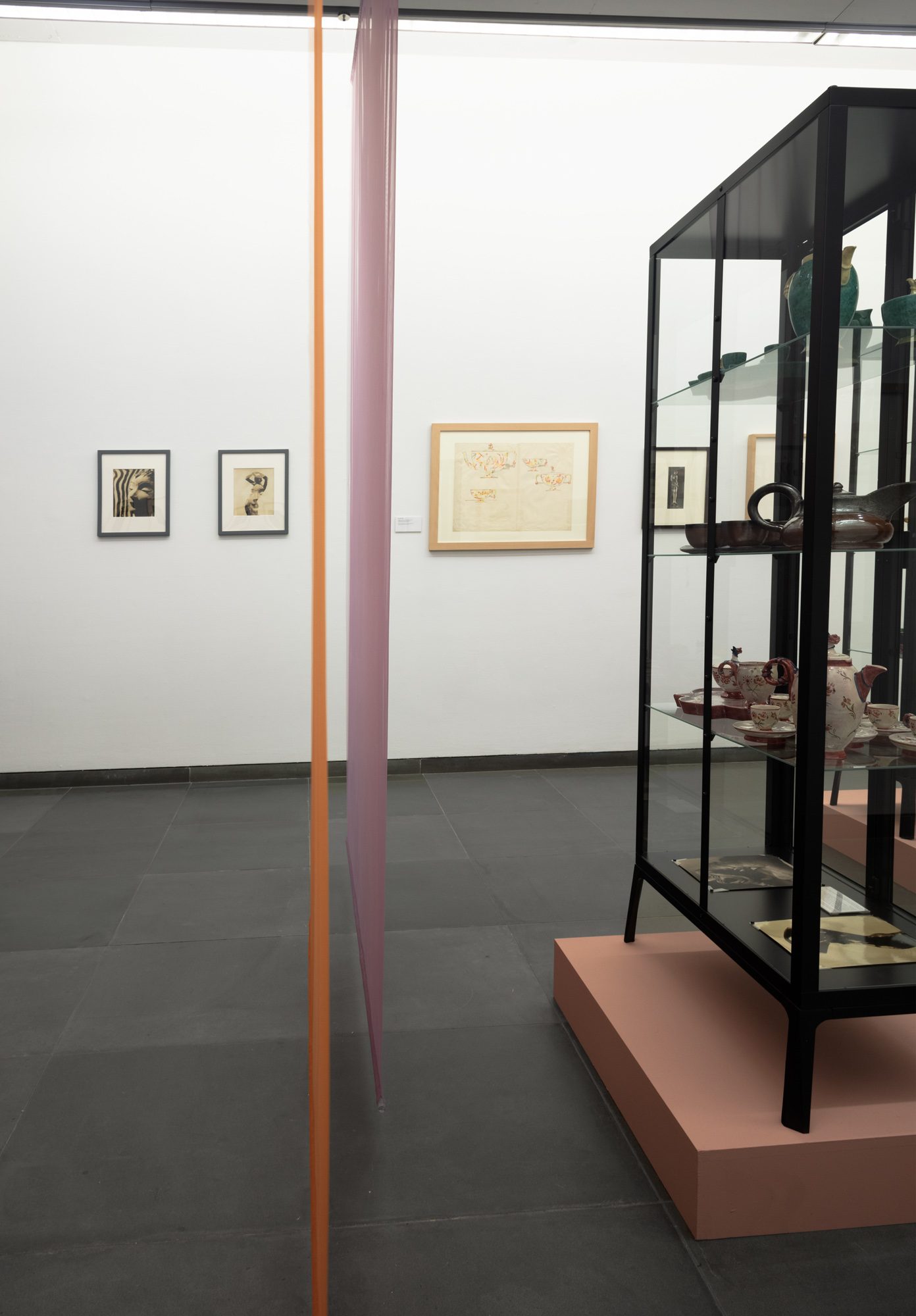
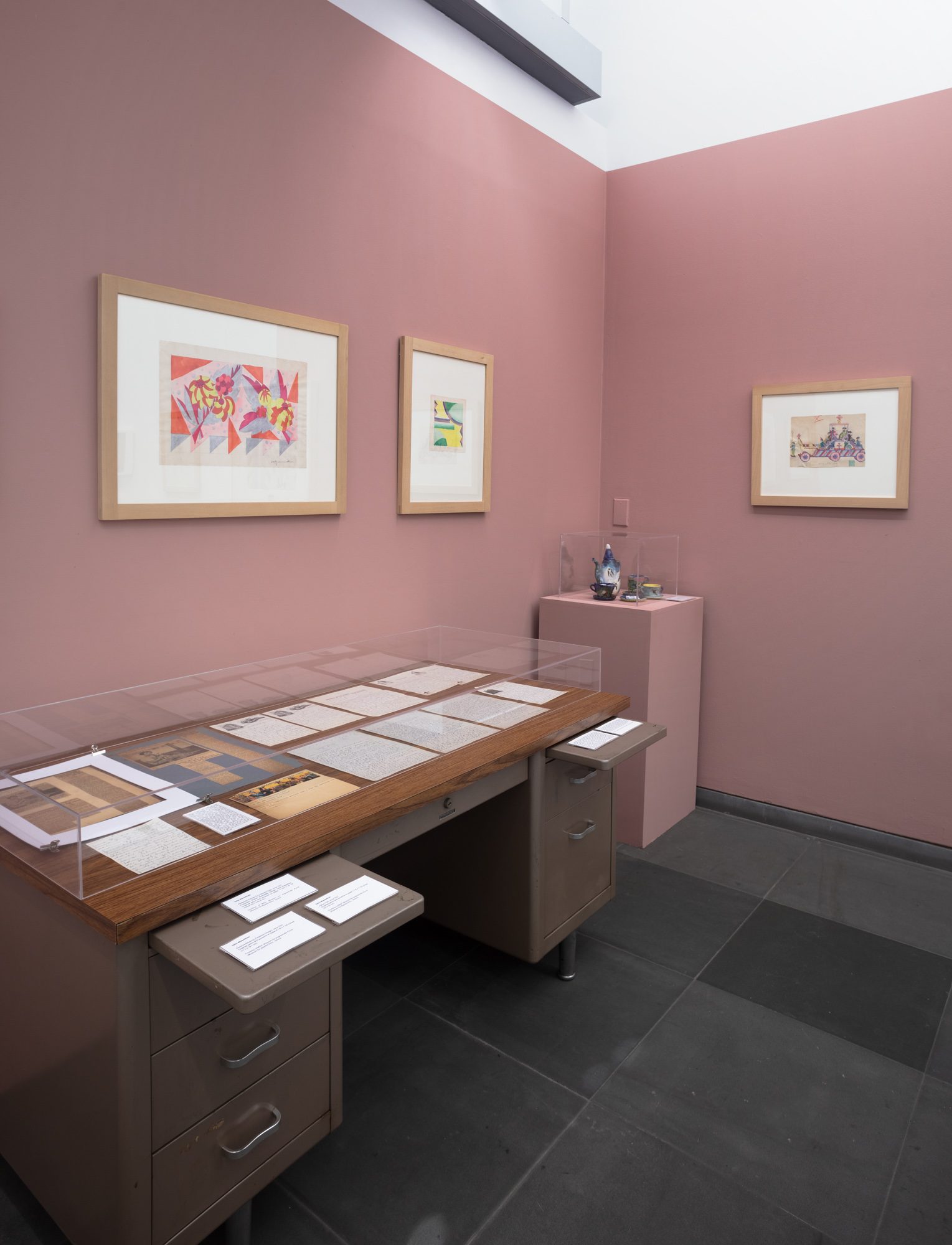

Images: Kevin Noble

